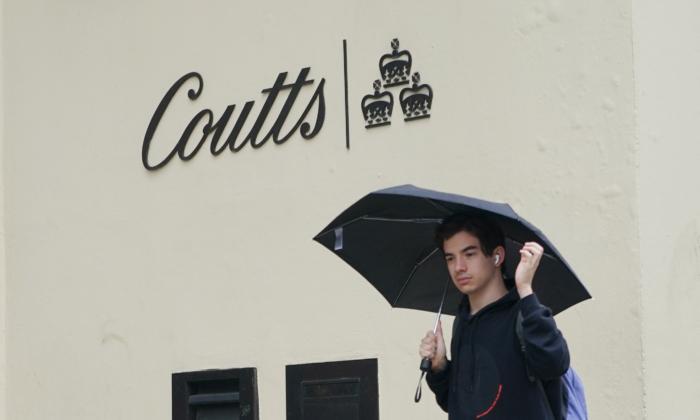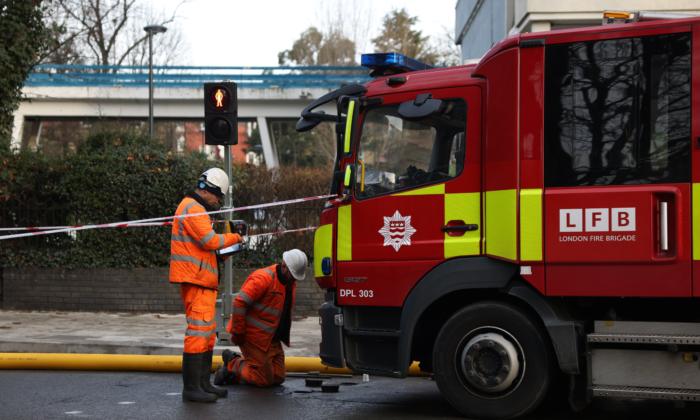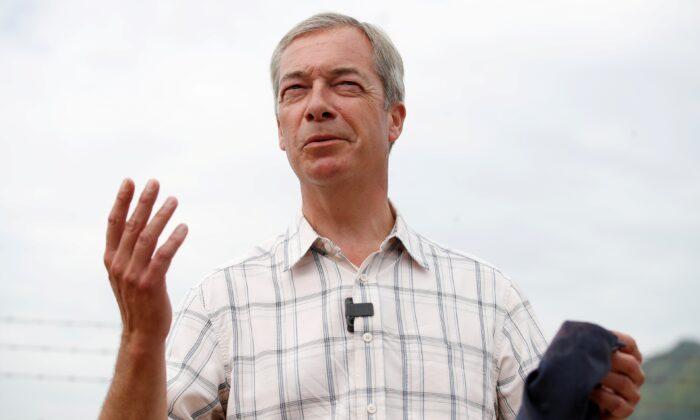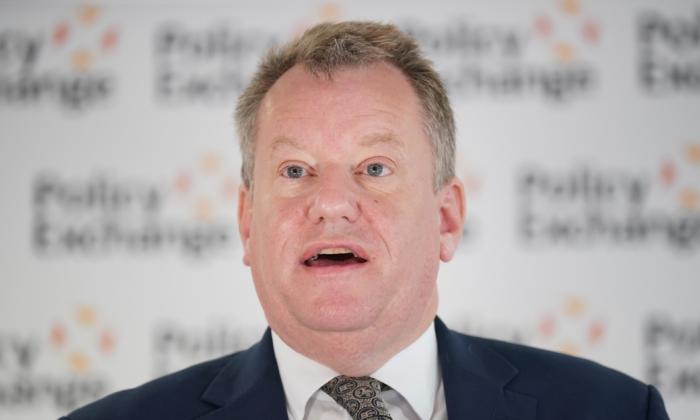The average UK house price saw its biggest annual fall in nearly 14 years in May, Britain’s biggest building society has said.
According to the Nationwide Building Society, property values fell by 3.4 percent annually in May, marking the biggest drop seen since July 2009, when an annual fall of 6.2 percent was recorded.
The average house price fell by 0.1 percent month on month, following a 0.4 percent monthly increase in April.
Declining Mortgage Approvals
Robert Gardner, Nationwide’s chief economist, said: “Average prices remain 4 percent below their August 2022 peak. Recent Bank of England data had shown some signs of recovery in housing market activity, although the number of mortgages approved for house purchase in March was still around 20 percent below pre-pandemic levels.”Net mortgage approvals for house purchases fell from 51,500 in March to 48,700 in April, though approvals for remortgaging increased slightly from 32,200 to 32,500 during the same period, the bank said.
The amount of mortgage debt borrowed by individuals fell from net zero in March to £1.4 billion of net repayments in April. This is the lowest level on record, if the period since the onset of the COVID-19 pandemic is excluded.
Stronger ‘Headwinds’ Predicted
Nationwide warned that housing market challenges are expected to worsen further as inflation remains high.According to the Office of National Statistics, Consumer Prices Index inflation fell to its lowest level for more than a year last month, at 8.7 percent, down from 10.1 percent in March.
But it was higher than forecast by economists, who had pencilled in a drop to 8.2 percent in April, and more than the Bank of England had predicted just two weeks ago.
Gardner said: “Headwinds to the housing market look set to strengthen in the near term. While consumer price inflation did slow in April, it was a much smaller decline than most analysts had expected.”
As a result, he said, investors’ expectations for the future path of the Bank of England base rate increased noticeably in late May, suggesting it could peak at around 5.5 percent, well above the 4.5 percent peak that was priced in around late March.
He added that interest rates are also projected to remain higher for longer.
Soft Landing ‘Likely’
Alice Haine, personal finance analyst at investment platform Bestinvest, said, “While the start of the year saw an uptick in market activity amid falling mortgage rates and a robust labour market, storm clouds are gathering once again as interest rates and gilt yields edge ever higher.”Myron Jobson, a senior personal finance analyst at interactive investor, said: “While any fall in prices is good news for house-hunters, it might not be enough to meaningfully offset the rising interest rate and its contribution to monthly mortgage payments.
“The stark reality is owning a home appears to be a distant dream for many, with high mortgage rate rates, high property prices and a higher cost of living, including climbing rents, making buying a home an increasingly difficult prospect.”
But Gardner predicted that “a relatively soft landing remains the most likely outcome since labour market conditions remain solid and household balance sheets appear in relatively good shape.”
“While activity is likely to remain subdued in the near term, healthy rates of nominal income growth, together with modestly lower house prices, should help to improve housing affordability over time.”





